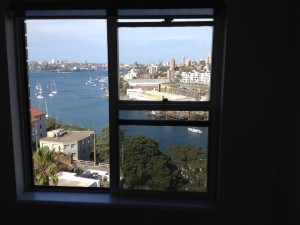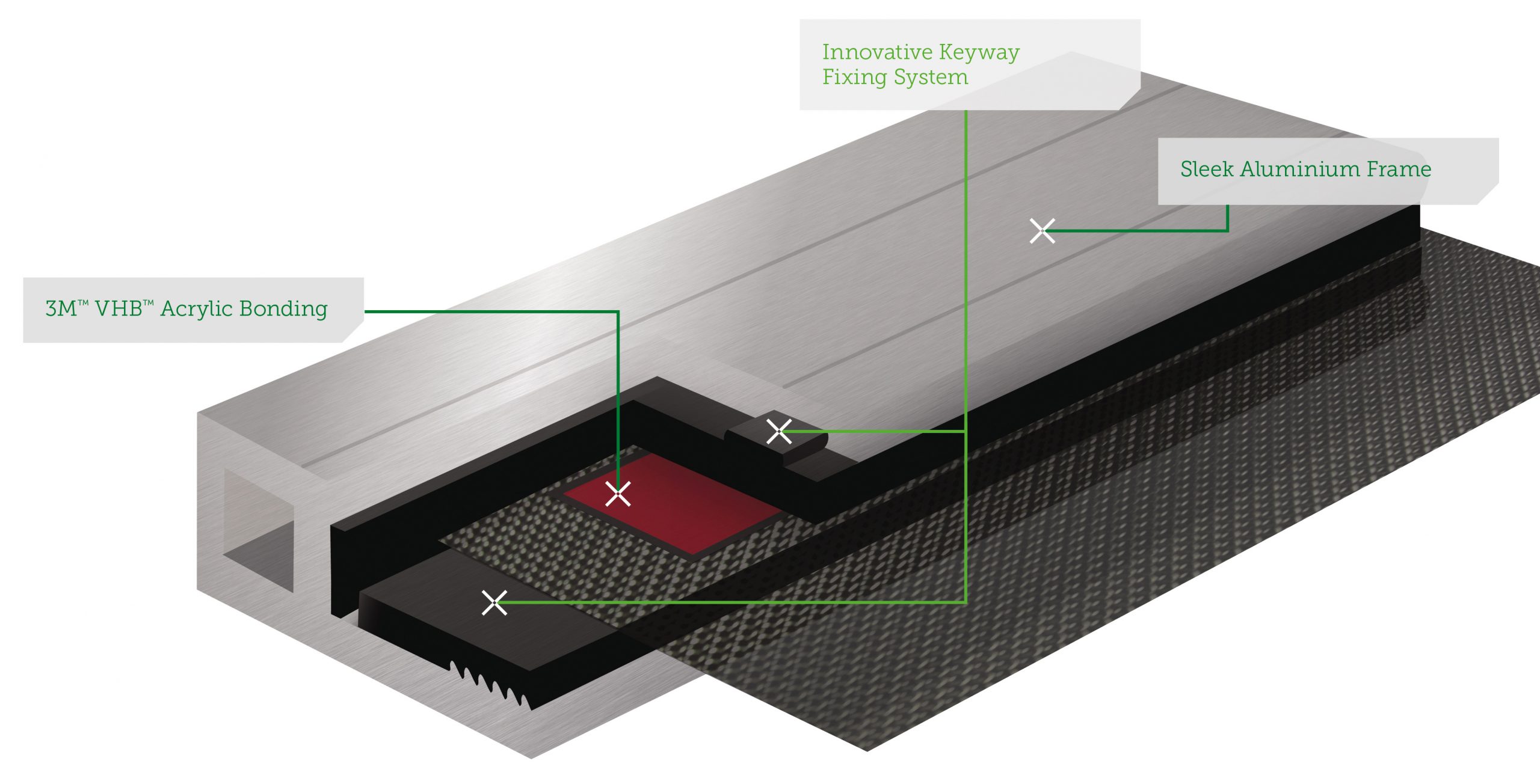What Should I Look For In A Security Door?
March 17th, 2020
With so many different security doors widely available on the market, this security door buying guide explains what to look for in a security door, such as…
What is Australian Standards 5039?
Australian Standards 5039: Security Screen Doors and Security Window Grilles was developed to provide both the industry and consumers with specifications covering the general requirements and performance of these products.
The standards include six tests to assess the strength and structural integrity of security doors and security window screens.
| 1 | 2 |
|---|---|
| Australian Standards test | Purpose of the test |
| The Knife sheer test | The Knife sheer test ensures nobody can cut through the mesh. |
| The Impact test | The Impact test makes sure no one can break the door in |
| The Anti-jemmy test | The Anti-jemmy test ensures the frame can’t be levered or pried open. |
| The Pull test | The pull test follows the jemmy test, but only if there’s a gap after the jemmy test. This is to make sure no one can pull at the security screen either at the bottom, middle, side or top of the screen. The test also assesses the integrity and fixing of the security mesh into the security screen frame. |
The Probe test | The Probe test is not required if the whole aperture of the mesh is smaller than the test requirement. This test is not applicable to CommandeX security screens. |
The Sheer test | The Sheer test is not required if the whole aperture of the mesh is smaller than the test requirement. This test is not applicable to CommandeX security screens. |
Security door locking system
Did you know security doors must be fitted with a triple lock to comply with Australian Standards to be classified as a security door? If a quote or existing screen door only has a single lock, then it is in fact a safety door or barrier door.
You can read more about this in our blog: ‘What’s the difference between a single lock and a triple lock?’
Security screens for coastal protection
 There are two grades of stainless steel commonly used in security screen doors, 304 and 316. There difference between them is that 2% molybdenum is added to 316 to further improve corrosion resistance when exposed to chemical corrosives such as seawater and brine solutions. Both 304 and 316 are durable, easy to fabricate, clean, weld and finish. However, unlike Grade 304, it provides greater protection from salt spray and brine.
There are two grades of stainless steel commonly used in security screen doors, 304 and 316. There difference between them is that 2% molybdenum is added to 316 to further improve corrosion resistance when exposed to chemical corrosives such as seawater and brine solutions. Both 304 and 316 are durable, easy to fabricate, clean, weld and finish. However, unlike Grade 304, it provides greater protection from salt spray and brine.
It’s important to take your location into consideration when deciding on door security. For more detailed information on this topic, read our blog: What’s the Difference Between 316 Marine Grade and 304 Grade Stainless Steel Mesh?
How are security screens made?
There are many security doors that meet Australian Standards and all very strong. That said, CommandeX have some unique features that we think make ours the best aluminium screen security doors on the market. Take our patented fixing system for instance (how the security screen is assembled), which is very different to security screen doors that typically use screw-clamp or riveted systems. Our fixing system is free of mechanical fixtures (such as crews and rivets), which not only looks more attractive, but is also more resistant to galvanic corrosion.

For an easy to read explanation of our patented fixing system, read our blog: ‘How does CommandeX’s Keyway Fixing System work?’
CommandeX dealers across Australia manufacture and professionally install security doors.
| 1 |
|---|
For a free measure and quote from your local CommandeX dealer, fill out the online enquiry form or call us on 1300 720 838. |
